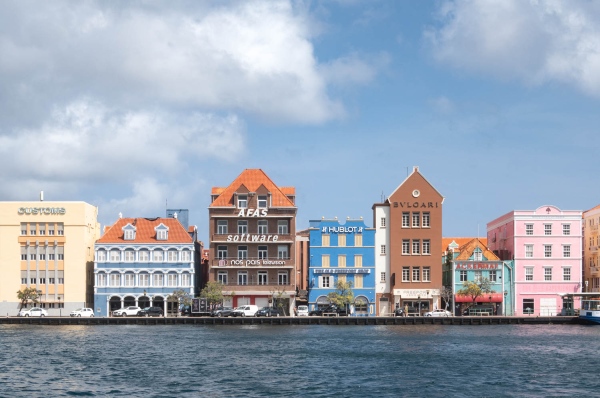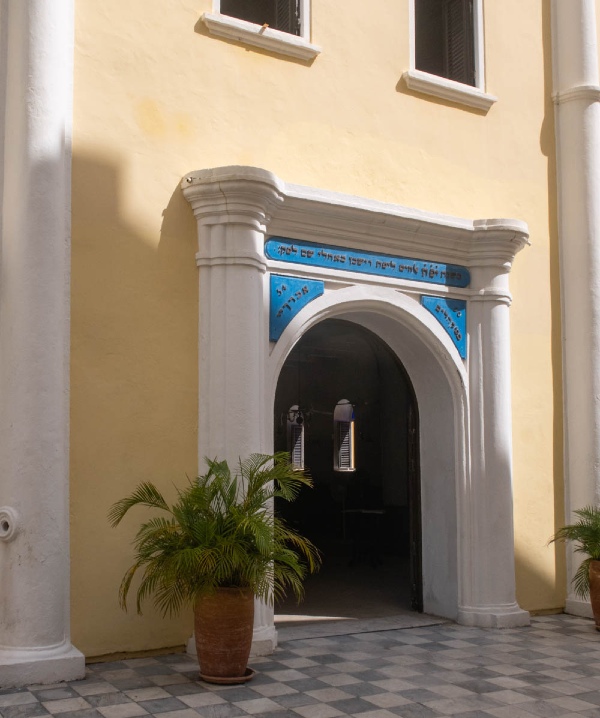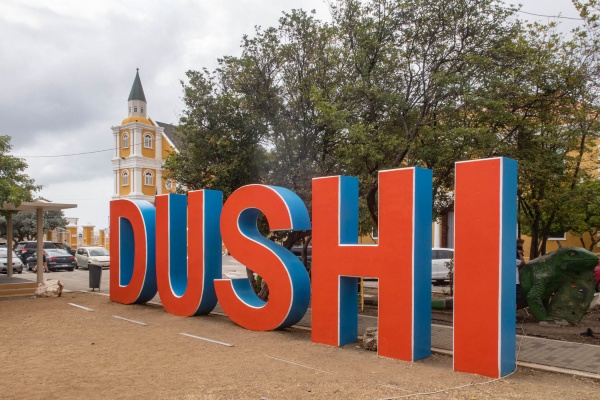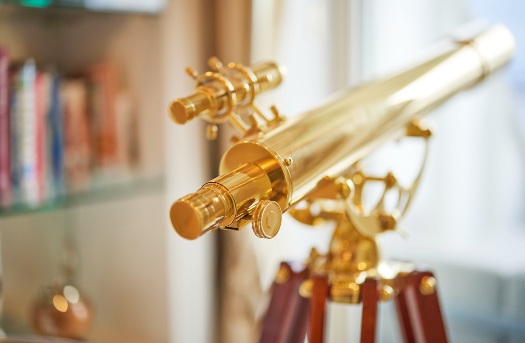Vibrant Colors and Deeply Rooted History in Curaçao

A highlight of the island of Curaçao is its capital city of Willemstad. This UNESCO World Heritage site is best known for its candy-colored Dutch colonial architecture, multicultural neighborhoods, and stunning national parks. We walked from the pier adjacent to the city and had a chance to look at Rif Fort, which was restored and developed with new buildings inside the fort into a shopping center with restaurants and bars, along with retail stores.

We then walked along the quay, past the floating Queen Emma Bridge, to have lunch at Restaurant and Café Gouverneur De Rouville. Crossing the floating bridge after lunch, we spent the afternoon exploring the Punda neighborhood.

Designated a UNESCO World Heritage Site in 1997, the Mikvé Israel-Emanuel Synagogue is the oldest continually running synagogue in the Americas.

Also in the courtyard is the adjacent Jewish Cultural Historical Museum, founded in 1970, which has an outstanding collection of artifacts from the community over the past three centuries, illustrating the culture, practices and history of the community.

A morning walk through Willemstad, past the Queen Emma Bridge, brought us to the colorful neighborhoods of Marichi and Pietermaai. Walking back to the floating bridge, we passed the Openbaar Ministerie (the Public Prosecutor’s Office in a bright mustard building) and a giant letter sculpture spelling out “DUSHI”, the most commonly used word in the Papiamento language, the native language of the Dutch Caribbean Islands of Aruba, Bonaire and Curaçao. “Dushi” in Papiamento means “treasure”, “sweetheart”, “darling” or even “sexy”.

Ready to learn more?
Determine whether life aboard The World is the right fit for you. Talk to one of our Residential Advisors today to learn more about this unique lifestyle, details of upcoming Journeys and Expeditions, and ownership opportunities.



